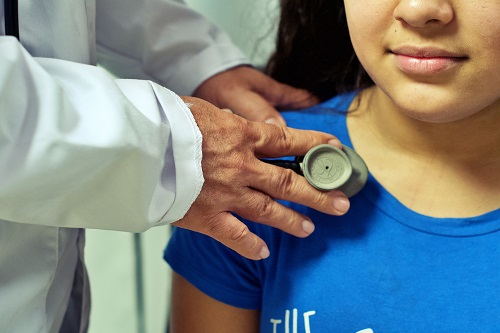Get the Lead Out: A Unified Data Platform to Handle an Influx of New Patients

Last October, the CDC officially lowered the blood lead reference value (BLRV) for children from 5 to 3.5 micrograms per deciliter. BLRV determines the threshold at which lead content in a child’s blood can be considered higher than average. While technically not an indicator of health issues, it is effectively an indicator of health risks. Elevated lead content could be detrimental to a child’s brain, nervous system, growth, development, learning, and behavior. Widening our search for lead poisoning risk in kids is a great idea, but this move by the CDC has exposed the need to update our healthcare information technology (IT).
By lowering the BLRV, the CDC has effectively necessitated care for many new patients, adding to the work and bookkeeping burden. This is wonderful in terms of preventative care and public health, but every new patient in the system is another new case for health care workers, environmental inspectors, and administrative staff. Every patient to treat for lead poisoning and lead exposure is a new child and their family to work with, a new set of records to keep, and a new battery of regulations to obey. To maintain care at the highest level for more patients, our healthcare professionals need IT that consolidates automation, optimized workflow, and configurability, in one convenient platform.
To streamline our healthcare system to make room for the influx of children who exceed the current BLRV, we need to go fully digital. Clinical health workers in many states are still using analog and paper-based systems to keep patient records. These systems are further siloed, department by department, when instead they could share a single, uniform, digital system.
By transferring all recordkeeping to one system, state medical organizations and their health workers could easily communicate patient needs across departments, without any excess time to look for or reconcile records. Standardizing and automating these systems could free up administration personnel to admit the incoming children, and ensure compliance with all appropriate regulations. This would ease the burden on doctors and nurses, as well as medical office staff, environmental inspectors, home care professionals, and more.
The next step to an administrative system that’s ready for the influx of new BLRV cases is workflow and configurability. Many organizations are still using workflow systems where all paperwork is filled out manually and individually. Modern software completes and even submits many documents directly to regulators and other stakeholders. Input a patient into the system, and the software should guide the full intake process and automate any important forms. This frees up staff at all levels to focus on helping patients rather than filing paperwork.
Configurability, meanwhile, allows large changes to be made all at once to an entire system. Say, for example, changing the BLRV from 5 to 3.5 micrograms per liter. By changing one parameter, the system should immediately flag all children on record newly in need of treatment for lead content, then adjust the system to perform any necessary administrative tasks that would otherwise take up valuable man-hours.
These consolidate all the necessary functionality onto a single versatile platform shared as widely as possible. By adopting one lead poisoning prevention platform, or at least several compatible systems, the healthcare infrastructure can help medical professionals at all levels effectively manage the increased caseload and make sure no children slip through the cracks in what is now a much wider net. Sharing a unified system will allow personnel to spend more time remediating lead poisoning cases, and less time hunting down paperwork.
In the fight against lead exposure, the deployment of a unified data platform plays a pivotal role in efficiently managing an influx of new patients and ensuring timely intervention. Beyond the technological advancements, understanding the strategies for lead exposure prevention and detection is fundamental in safeguarding public health. Our comprehensive guide offers insights into effective prevention measures and the latest detection techniques, empowering communities and healthcare providers to take decisive action against lead poisoning.